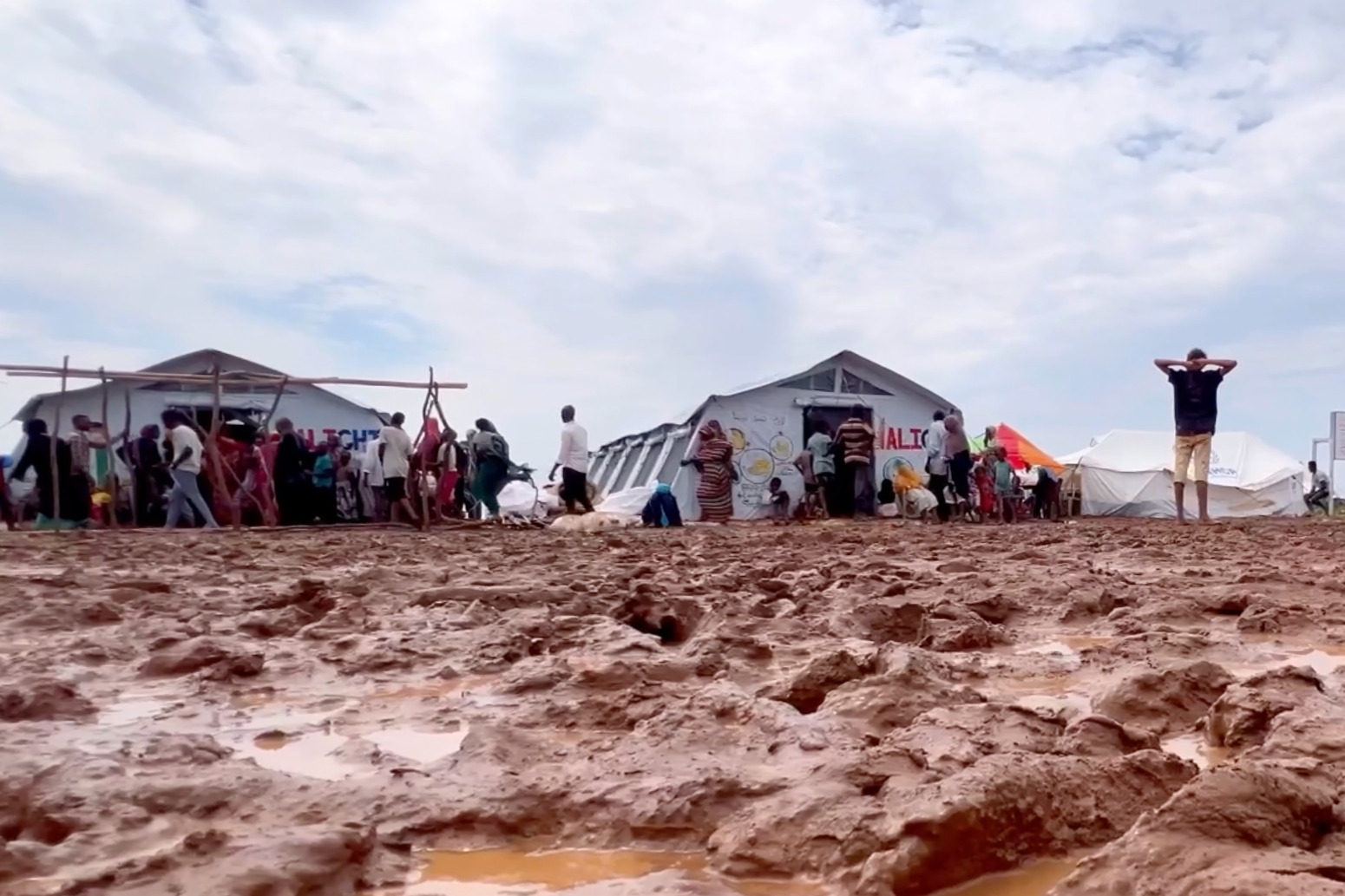
In hotspots for humanitarian crises, where millions of individuals are in need of assistance, especially in African regions, the Middle East, as well as Asia and the Pacific, humanitarian workers risk their lives daily to provide basic aid to the most affected. This rings true whether they are affiliated with United Nations organisations, international humanitarian organisations, or national disaster relief agencies. They work under tough conditions instigated by protracted wars, emerging conflicts, or climate change-induced environmental disasters. Images of aid workers are widespread across mainstream and social media: some crossing difficult terrains to support vaccination efforts in Afghanistan’s flood-hit, security-compromised areas; many providing crucial assistance in Lebanon, Sudan and Yemen, where protracted crises persist; and health workers assisting in the mpox outbreak across countries in Africa. These efforts bring to mind past humanitarian responses to the devastating floods in Libya, the aid provided to earthquake survivors in Morocco and Syria, and the support during the Ebola outbreak in West Africa. The multifaceted challenges faced by these countries, apart from the referenced emergencies, further complicate humanitarian efforts in the field.